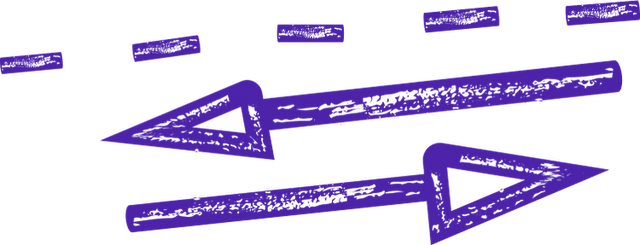
what is xml extensible markup language
XML (Extensible Markup Language)
XML is a language that uses tags to define the structure of data. These tags are similar to HTML tags, but they are not limited to a predefined set of tags. Instead, XML allows users to define their own tags, making it highly extensible. This means that XML can be used to represent any kind of data, from simple text documents to complex data structures.
One of the key advantages of XML is its ability to separate data from presentation. This means that XML can be used to represent data without any formatting or styling information. This makes it easier to manipulate and process the data, as it is not tied to any specific presentation format.
XML is also highly interoperable, meaning that it can be used to exchange data between different systems and applications. This is because XML is a standard format that is supported by a wide range of software and hardware platforms. This makes it an ideal choice for integrating different systems and applications, as it provides a common language for exchanging data.
Overall, XML is a powerful and flexible markup language that is widely used in the development of web applications and other software systems. Its ability to represent any kind of data, its separation of data from presentation, and its interoperability make it an essential tool for modern software development.
Let’s build your next digital product — faster, safer, smarter.
Book a free consultationWork with a team trusted by top-tier companies.








